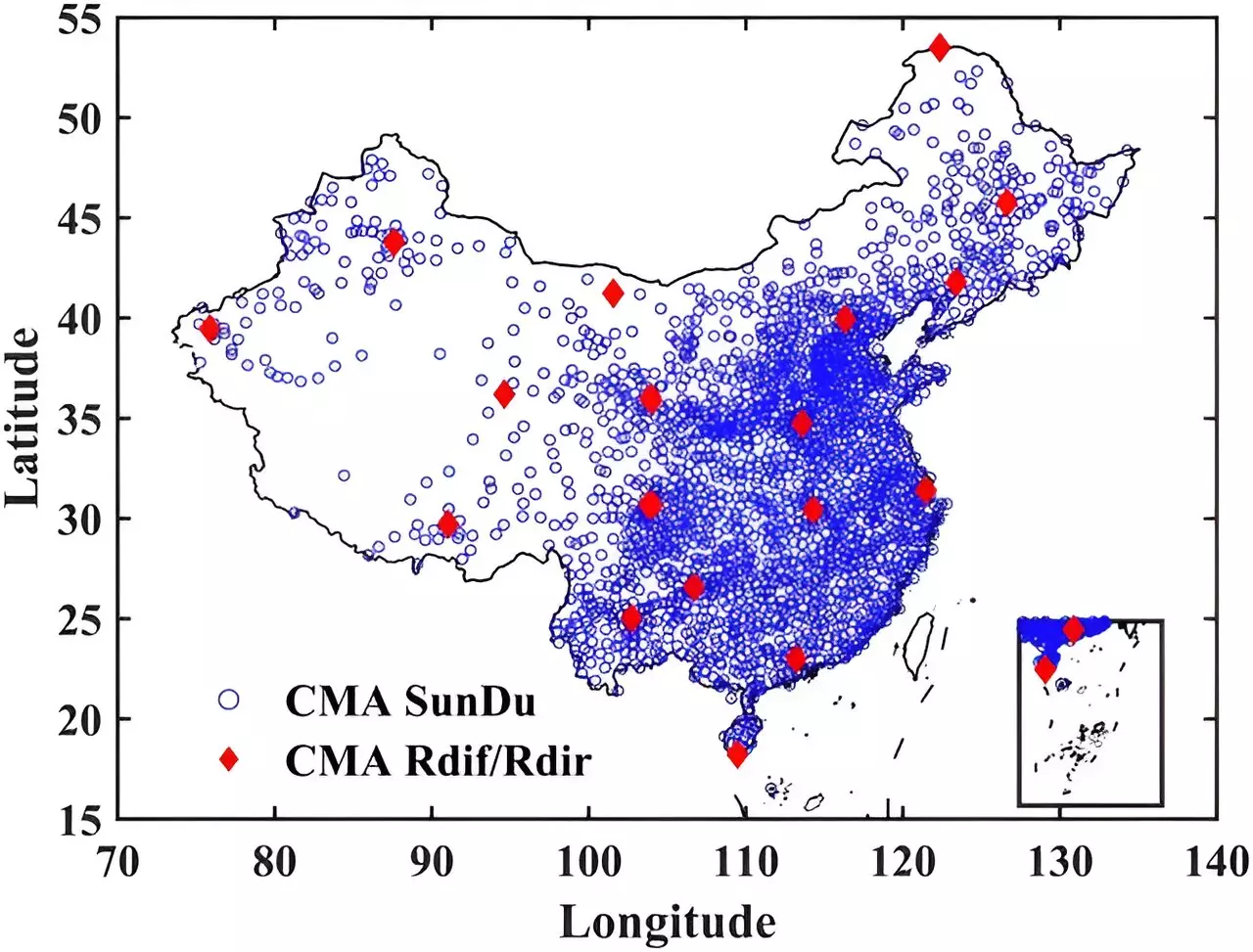Solar energy has long been hailed as a renewable and sustainable source of power, but its efficient utilization has often been hindered by challenges in accurately estimating solar radiation components. However, a recent study published in the Journal of Remote Sensing introduces a groundbreaking approach that leverages data augmentation and machine learning to overcome these obstacles.
Breaking Through Traditional Limitations
Traditionally, the estimation of solar radiation components has relied on sparse and unevenly distributed ground-based observations, limiting the accuracy and applicability of the results. The new research takes a different path by utilizing sunshine duration data from a vast network of over 2,453 weather stations across China. This extensive dataset allows for a more comprehensive and detailed analysis, effectively bypassing the limitations of traditional ground-based observations.
Unprecedented Accuracy with Machine Learning
At the core of this innovative approach lies the utilization of machine learning algorithms, specifically the LightGBM model, trained on augmented datasets to predict solar radiation components with unmatched accuracy. By eliminating the need for local ground truth data for calibration, this methodology becomes a universally applicable solution, offering a more efficient and optimized way to estimate solar radiation.
The validation of this new model against independent datasets not only highlights its effectiveness within China but also showcases its potential for global application. The development of a new satellite-based dataset as a result of this study stands out for its superior accuracy and detailed spatial distribution of solar radiation components. This dataset not only advances solar energy research but also provides valuable insights for more strategic site selection and system optimization, especially in regions with significant solar energy potential.
Professor Kun Yang, the lead researcher behind this groundbreaking study from Tsinghua University, emphasized the far-reaching impact of this new methodology. By enhancing the accuracy and applicability of solar radiation component estimates, the research team is paving the way for optimized solar energy utilization not only in China but potentially worldwide. This innovative approach sets a new standard for solar radiation estimation and offers a globally scalable solution that could revolutionize the solar energy sector.
The integration of data augmentation and machine learning in solar radiation estimation represents a significant advancement in the field of renewable energy. With its ability to overcome traditional limitations, enhance accuracy, and offer global applicability, this new approach holds tremendous promise for advancing solar energy research and implementation on a large scale.


Leave a Reply